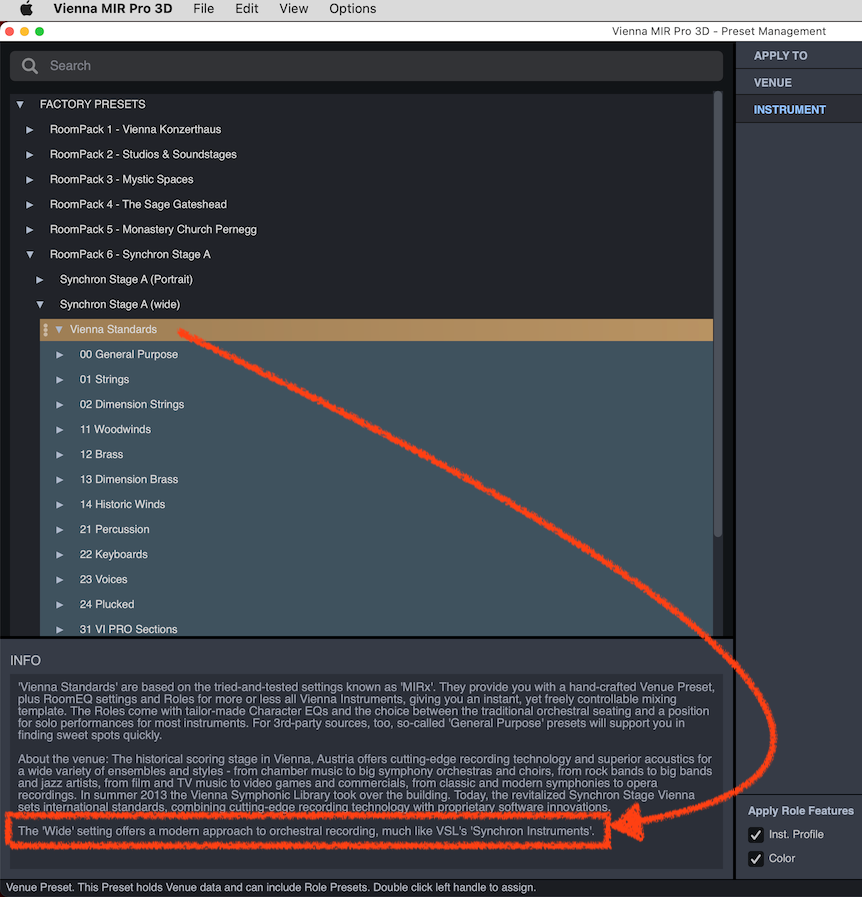I'm combining Duality and Elite Strings (the Synchron libraries I have so far) with dozens of VI and Synchron-ised series libraries in MIR. I bring the Synchron stuff into MIR for positioning. As I'm not making classical music, I don't always use 'standard' orchestral positioning. I turn off Dry Signal Handling for the Synchron libraries and sometimes for almost everything, on a horses-for-courses basis. I'd also echo what Beat said about turning off individual reverbs, delays, etc. and just doing this once at the very end of the chain in your DAW.
The way I think of it is this: MIR is actually not so much a reverb for me as my studio live room. In a traditional studio you'd place the musicians in a great-sounding space, with its own sound (inc. natural reverb), but then elsewhere in the building there'd probably be reverb chambers, and/or reverb plates and you'd feed some of your signal there - but FROM the live room, and you'd be feeding everything mostly to one reverb, perhaps a couple. So, inside my DAW, I have an Aux buss with a chamber reverb, maybe delay, etc. and I have sends going from other busses (returns from MIR and elsewhere) to it. This makes sense in my head because it's the way I learned about recording as a young man in a world of tape.
Anyway, I recommend reading Beat's articles, he's very good on this stuff. Then experiment a bit, find your own way of doing things. MIR is fantastic because, once I'd got my head around it - which took a while - I realised this was actually the way of recording that I'd always known.
It is a fascinating subject and I'd like to see more information on how other people are doing it. Strictly speaking Synchron products aren't designed for use with MIR, which is best with dry sources, but... I don't know about you but as soon as I see "not designed for..." it makes me want to try it. 😜
Nick
